Graphene Oxide quality: how to distinguish good from bad
Graphene Oxide (GO) has unique and versatile properties, such as high surface area, tunable functionalization, and biocompatibility. However, the quality of GO can influence its structure, morphology, stability, and functionalization, which in turn can affect its properties and performance.
For example, the degree of oxidation of graphene oxide affects the density and distribution of oxygen-containing functional groups, which can affect its surface charge, hydrophilicity, and colloidal stability. High-quality graphene oxide with a well-defined and uniform structure has a more consistent surface chemistry and colloidal stability, making it easier to handle and process.
The quality of graphene oxide is crucial for its successful application in various fields, such as composites, catalysts, sensors, and biomedicine. High-quality graphene oxide can ensure enhanced performance, reliability, and reproducibility. For example, high-quality graphene oxide with uniform morphology and high purity can enable the fabrication of high-performance membranes for water purification.
To achieve optimal performance and functionality it's important to verify the quality of graphene oxide with reliable analytical techniques.
Key factors in distinguishing high-quality graphene oxide
The quality of graphene oxide can be determined by several factors, including its degree of oxidation, structural integrity, and size distribution.
Degree of oxidation: Graphene oxide is typically produced by chemical or electrochemical oxidation of graphite, and the degree of oxidation can affect its properties. Good quality graphene oxide should have a high degree of oxidation, indicated by a high oxygen to carbon ratio (O/C ratio). However, excessive oxidation can also result in structural damage, reducing the quality of GO.
Structural integrity: Graphene oxide should have a well-defined and uniform structure with a size distribution of the individual flakes. Good quality graphene oxide should have a uniform size distribution and a low number of structural defects such as cracks, tears, or holes. These can be analyzed using techniques such as transmission electron microscopy (TEM).
Surface charge: Graphene oxide has a net negative surface charge due to the presence of oxygen-containing functional groups. Good quality GO should have a consistent surface charge, indicating the uniform distribution of functional groups. This can be measured using zeta potential measurements.
Purity: The purity of graphene oxide refers to the degree of contamination or impurities in the material, and can be influenced by factors such as the synthesis method, starting material quality, oxidation conditions, purification techniques, and post-synthesis treatments. An highly pure Graphene Oxide should exhibit a minimal presence of residual metals like Manganese, Potassium, as well as a low concentration of Chloride ions.
Dispersion: Graphene oxide is hydrophilic and easily disperses in water, which is essential for its application in various fields. Good quality graphene oxide should have a stable and homogeneous dispersion without visible aggregates or sedimentation. This can be analyzed using techniques such as dynamic light scattering (DLS) or ultraviolet-visible (UV-Vis) spectroscopy.
It's important to use reliable analytical techniques to ensure that you're getting high-quality graphene oxide for your specific application.
Graphene oxide (GO) is a graphene derivative that has oxygen-containing functional groups on its surface, making it more hydrophilic and easier to handle than pristine graphene. LayerOne ensures the quality of its graphene oxide with a strict QA/QC protocol that includes a large variety of analysis on the commercial products.



